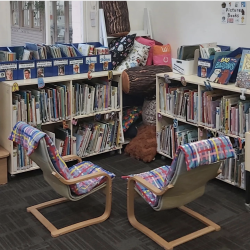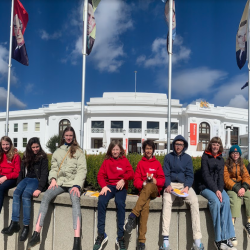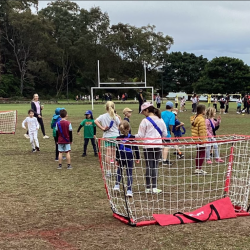Sensorial
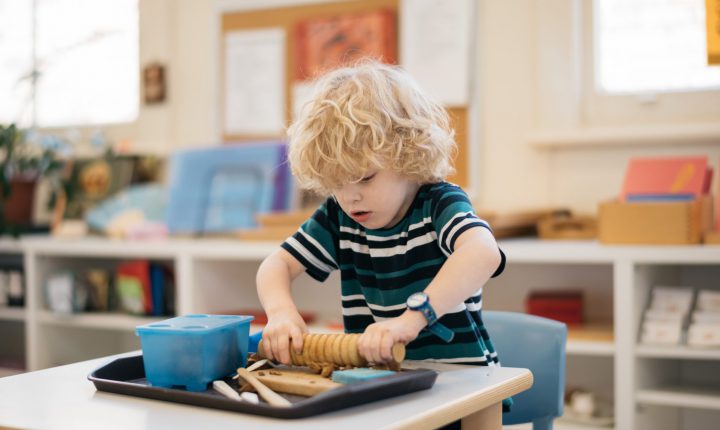
Current research shows that children’s brains are developed through experimental interactions with the environment.
Sensorial materials were designed by Dr Maria Montessori specifically to help children refine their senses and, therefore, become more perceptive of their surrounding environment. The refining of the senses at this age leads to a great awareness of detail and allows the child to focus on the world around them.
What is the purpose of the Sensorial Materials?
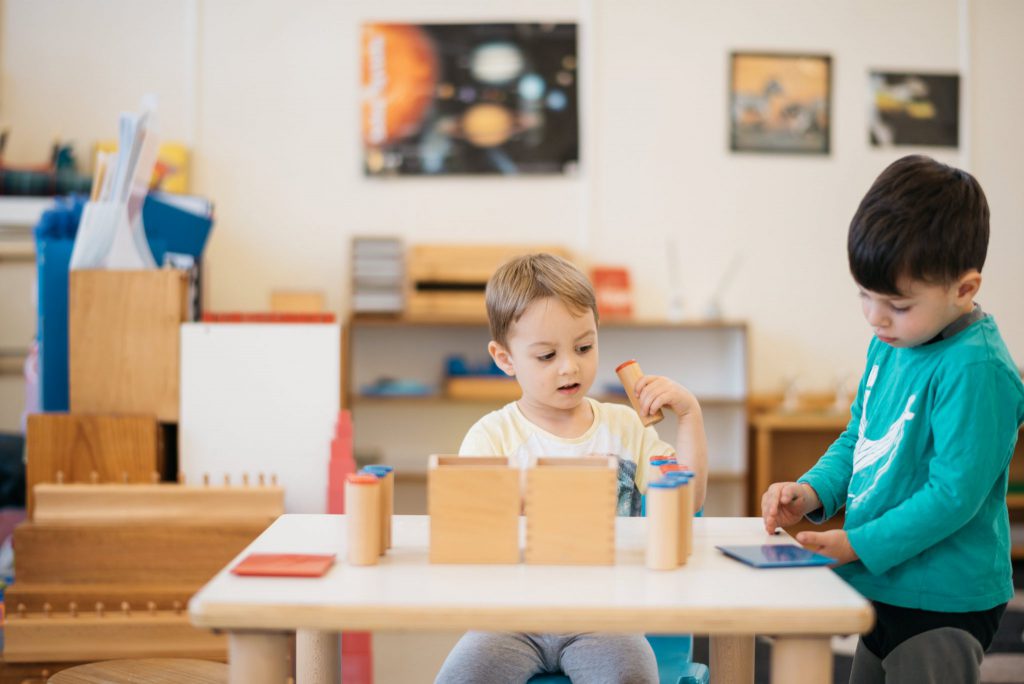
The Sensory Materials create an integration of mathematics, geometry, language, history, geography, music and visual arts. The materials are designed to help the children develop and refine their sensory perceptions.
Language precedes experiences with the sensorial materials, enabling the child to classify their mass of sensory perceptions.
The Sensorial Materials capture the children’s interest and bring forth deep concentration because they match the child’s irresistible urge to master their environment through movement and sensory exploration. The materials are designed to isolate a particular sensory quality (visual, auditory or tactile) and support the children in making abstractions (mental associations/images) in their mind.
What experiences do the Sensorial Materials provide?
The adult introduces a material just enough to spark the child’s interest so that he/she can interact meaningfully with the material. The child is then free to develop and explore with independence. Experiences include:
| Matching/Pairing | Same and different, extreme contrasts. |
| Grading | Noticing finer distinctions, analysing objects in relation to one another. |
| Games and Variations | Spontaneous discovery with materials, using the materials in creative ways, finding relationships. |
| Language | Attaching vocabulary, describing qualities, crystallising experiences. |








